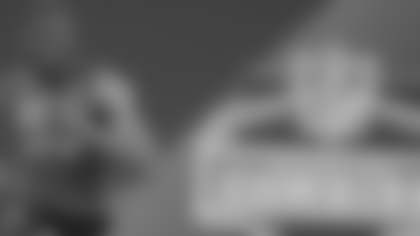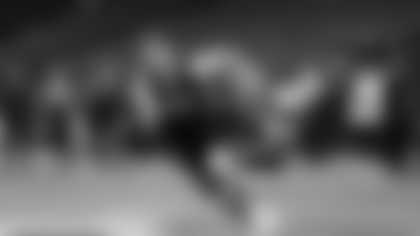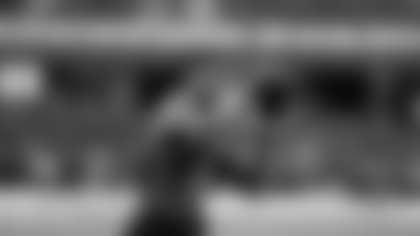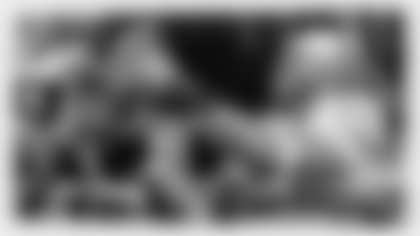The NFL folds itself into an area the size of about four city blocks for the next week.
The scouting combine, always critical to the draft process but now nearly mythic because of its television presence, takes over hearts, minds, and downtown Indianapolis. Coaches, personnel directors, general managers, scouts and more than a few reporters converge on this Midwestern burg for the annual scrutiny of college players that runs through March 1.
The athletes (some of them, anyway) will run, throw, lift weights for the assembled masses. They'll be interviewed (by teams and the media), put through psychological tests, screened and scrutinized. Remove the running, throwing and lifting weights and the psychological workups and the coaches and GMS get the same treatment from reporters on the scene.
This is the first big event of the 2011 season and the stepping stone for the next generation of NFL players. Another would-be draftee (of another kind, in another day) named Arlo Guthrie once described the process this way: "You walk in, you get injected, inspected, detected, infected, neglected and selected."
Careers will be forged (and so will a few dinner receipts). Players will rise in the rankings or fall … until their on-campus workouts in the weeks that follow, at which time their rankings will rise or fall again. The typists producing mock drafts will crank out new mock drafts based on the combine, and they'll revise those after each Pro Day at each school.
As if we didn't have enough reasons to root for late April – the draft is the 26th-28th – to get here.
The Redskins should be going into Indianapolis with their minds open to all possibilities. Most mock drafts link the club with Auburn quarterback Cam Newton but the Redskins have many needs. This year's draft abounds in defensive talent, especially linemen and linebackers who would fit the 3-4 defense, and it's not easy to forget last season's ranking of 31st in total defense.
The Redskins own the 10th pick in the first round. They hold no choice in the third round (traded for offensive tackle Jammal Brown) or the fourth (for quarterback Donovan McNabb). They've got two in the fifth round, one in the sixth and a pair in the seventh.
What can the Redskins expect if they stay at 10? Let's look back over the past few years.
In that position in 2010, the Jacksonville Jaguars reached a bit for defensive tackle Tyson Alualu but got a good one. He started every game and had 3 ½ sacks. Not bad for a team that let playoff contention slip away in the final weeks.
The San Francisco 49ers rescued a slipping Michael Crabtree at 10 in 2009. It's not easy to judge him because of his protracted holdout – well, maybe that makes it easier to judge him – and the in-and-out situation at quarterback over his two seasons. Totals: 103 receptions, 1,366 yards, 13.3 average, eight touchdowns, only two catches 40 yards or longer.
The New England Patriots dealt up to the 10th spot in 2008 and took inside linebacker Jerod Mayo, who was ultimately named the Associated Press Defensive Rookie of the Year. In 2007, the Houston Texans chose defensive tackle Amobi Okoye, who played well as a rookie and then began to fade on a defense getting yet another makeover after finishing 32nd in the NFL.
The Redskins, like every other club, will begin to focus on certain players as the combine unwinds. Scouts will then hit the Pro Day workouts, players will be asked to come for visits and the club will continually update a draft board that reflects its wants and needs.
The fun starts now, and how often does that get said about Indianapolis?
Larry Weisman, an award-winning journalist during 25 years with USA TODAY, writes for Redskins.com and appears nightly on Redskins Nation on Comcast SportsNet. Read his Redskinsblitz blog at Redskinsrule.com and follow him on Twitter.com/LarryWeisman.














